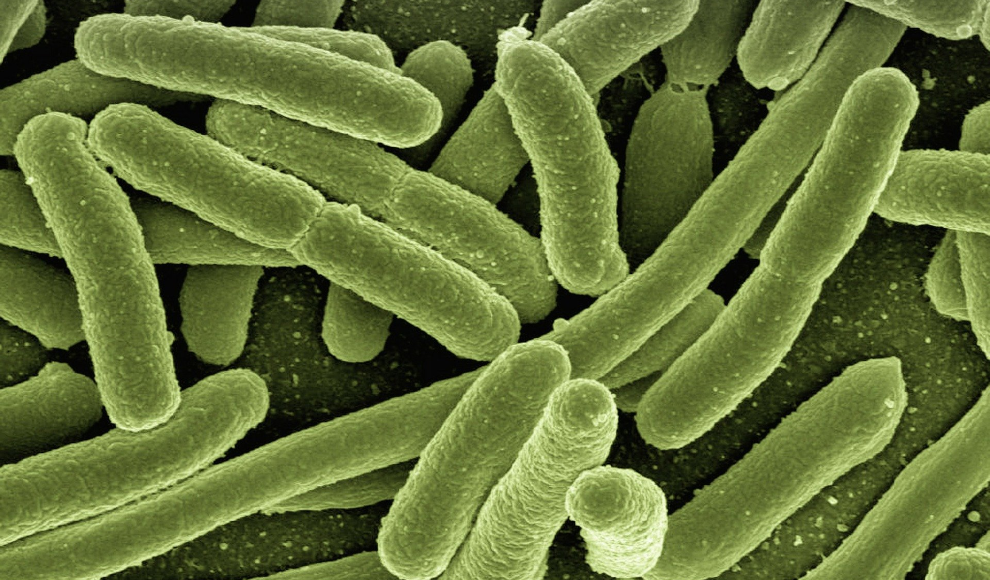A breakthrough discovery by scientists at the Institute of Pharmaceutical Microbiology at the University of Bonn could lead to the development of new antibiotics to combat multi-resistant bacteria. The research team, in collaboration with the University of Umea and the Karolinska Institute, has identified a molecule group called THCz that can prevent the formation of bacterial cell walls by binding to Lipid II. This molecule group can also prevent the formation of a protective capsule around the bacteria, which allows them to bypass the immune system.
The Lipid II molecule is essential for the formation of bacterial cell walls, and current antibiotics that target this molecule are complex and large natural substances that do not work on bacteria with an additional outer membrane. The discovery of THCz, which is effective against many antibiotic-resistant bacteria, is therefore a significant breakthrough. The scientists hope that their discovery will serve as a basis for the development of new antibiotics.
The advantage of small molecules like THCz is that they are chemically easier to modify. The scientists plan to modify THCz to increase its antibacterial effect and reduce its negative impact on human cells. They also aim to modify the molecule to penetrate the outer membrane of particularly stubborn, multi-resistant bacteria. The discovery of THCz is a promising development in the fight against antibiotic-resistant bacteria, and the scientists’ ongoing research could lead to the development of new antibiotics that are more effective and easier to modify.
In conclusion, the discovery of THCz by scientists at the University of Bonn is a significant breakthrough in the fight against antibiotic-resistant bacteria. The molecule group can prevent the formation of bacterial cell walls and the protective capsule around the bacteria, making it effective against many antibiotic-resistant bacteria. The scientists plan to modify THCz to increase its antibacterial effect and reduce its negative impact on human cells, and they hope that their discovery will serve as a basis for the development of new antibiotics.









